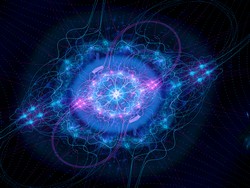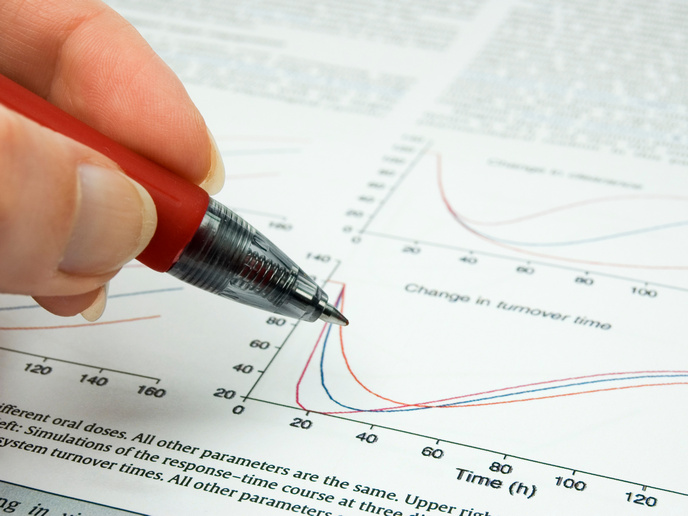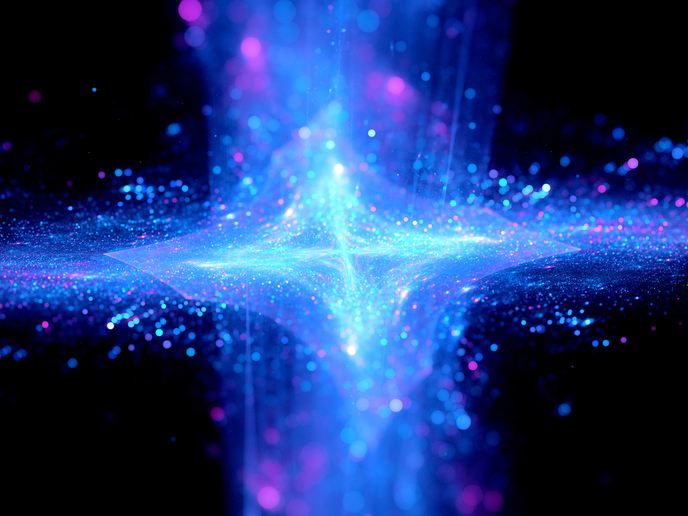Further studies on Higgs boson properties
Spontaneous electroweak symmetry breaking, the Higgs mechanism, was introduced in the 1960s to complete the formulation of the standard model of particle physics by explaining how the W and Z bosons obtain their mass. In the simplest implementation of the Higgs mechanism, a direct experimental consequence is the Higgs boson. Fermion masses in the standard model are generated through Yukawa couplings to the Higgs field. The EU-funded project EWSB contributed in more detailed studies of the Higgs boson properties. Researchers analysed ATLAS data to measure both the Higgs boson mass and its couplings to the Z boson using h→ZZ decays. This is an important test of the electroweak symmetric breaking mechanism, and researchers can use it as a reference to the other Higgs boson decay channels. Research was based on the LHC Run 1 data to measure the Higgs boson mass. The Higgs boson mass has been measured, and when the ATLAS Collaboration measurement was combined with that of the CMS Collaboration, it is found to be 125.09 GeV with a precision of 0.2 %. The team also categorised the observed H->ZZ*->4l events to measure Higgs boson production rates at exclusive final states where specific production mechanisms are enhanced, achieving substantial improvements on the measurement sensitivity. Furthermore, the Higgs particle was found to be a scalar boson, just as predicted by the standard model. To-date, the standard model predictions are compatible with the available measurements. At the same time the research team contributed to new searches for the production of a pair of Higgs bosons to probe the Higgs boson self-coupling, a crucial test for the electroweak symmetry breaking mechanism. Within the context of EWSB the first direct experimental constraints on the coupling to the charm quark to the Higgs boson, through the exclusive decay of the Higgs boson to a J/ψ meson and a photon, were obtained. Looking to the future, the EWSB team has contributed to the preparation of the ATLAS Inner Tracker upgrade for the High-Luminosity LHC, through an irradiation programme at the Medical Cyclotron of the University of Birmingham and studies of its expected performance.







